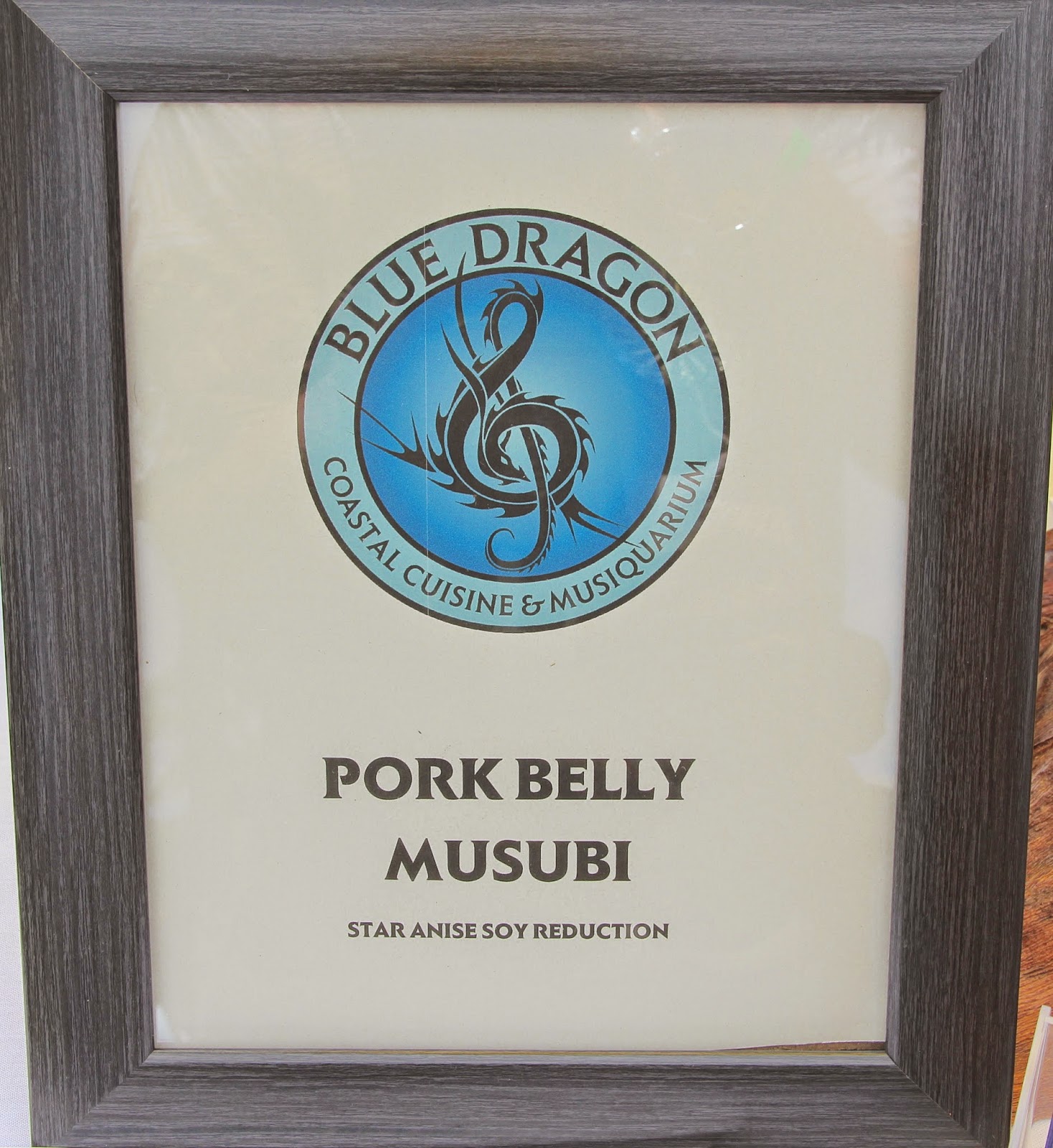 |
| Kona Coffee Blossoms |
Kona Coffee - The Real Deal or Surprise?
A few weeks ago I stayed in Captain Cook, Hawaii, while attending the Kona Brewers Festival (beer, that is) and I met Tom Butler, a local coffee farmer and the President of the Kona Coffee Farmers Association.
 |
| Tom Butler |
Tom gave me a tour of his farm and he spoke about the challenges facing the small coffee farms like his on Kona. He reminded me that Hawaii is the only state in the US producing coffee and that coffee has been growing in the Kona area for over a hundred years.
 |
| 100-Year-Old Coffee Tree Trunk with Orchid |
His farm and many surrounding ones were originally planted by Japanese coffee farmers as evidenced by the 100-year-old coffee tree trunks in the area. There are about 3,000 acres of coffee growing in the North and South Districts of Kona on the Big Island of Hawaii and only these can produce beans that can be labelled as Kona coffee.
 |
| Kona Coffee Cherries, 2010 - Courtesy of Bud Jenkins |
Kona coffee beans
are known worldwide for their complex and pleasing flavor and they don’t
need to be blended with other beans to taste good. So what makes these
coffee beans so different? Kona’s ideal coffee growing conditions with
volcanic soil and organic matter, the moderate weather with warm, sunny
mornings, rainy/overcast afternoons, and about 60+ inches of rain per
year provide a magic recipe for growing excellent coffee.
 |
| Kona Coffee Blossom and Cherry |
But it’s not all that easy to grow and harvest Kona coffee. The small coffee farms planted on hillsides can be challenging to maintain and require manual labor in harvesting “cherries” as they ripen in different stages on the same tree. And since 2010 they have had to combat the Coffee Berry Borer pest and the devastation it creates that can ruin up to 20% of a crop.
The relatively small quantities of Kona coffee beans harvested and the high costs of farming in Kona are why you see 100% Kona coffee prices that can be twice as expensive as Arabica coffee grown in other parts of the world. But that’s not what has the coffee growers in Kona excited, it’s what the large coffee distributors are doing to their Kona coffee brand.
 |
| Kona Blend (Kroger Customer Connect confirmed this coffee contains 10% Kona.) |
As I learned from Tom, the “Kona” blends that are sold damage the reputation of Kona coffee and that leads to damages of the Kona coffee farmers’ economic interests. An example of this occurred in December 2004 when an article published in Consumer Reports magazine confused “Kona coffee blends” with “Kona coffee” and concluded that Kona coffee can be “second rate” on the basis of a mistaken belief that “Kona blends” are the same as “Kona coffee.”
 |
| Hawaiian Isles Kona Coffee Company Sells 100% Kona Coffee and these Kona Blends |
According to the Kona Coffee Farmers Association there has been a statute in Hawaii that allows for a “10% Kona coffee blend.” which can be equally confusing to consumers, who often don’t know what they are buying and who may believe that they are buying a blend of several Kona-grown coffees when they’re not. Last year the Hawaii County Council requested that the Hawaii Legislature raise the minimum Hawaii-grown content in coffee blends to 51% and to require disclosure of the origin of foreign-grown coffee on the label. Since I left Hawaii I have heard that the bill was already dead and that it was “killed in committees by big money.”

I’ve read that it’s difficult to enforce brand integrity for other food and beverage products. Jamaica relies on the Regulatory Coffee Industry Board to license the sales of Jamaica Blue Mountain® Coffee. And to be an official Napa Valley Wine the varietal names must have at least 75% of their volume from the grape designated, and the varietal name must appear on the label with an appellation of origin.
 |
| 100% Kona Coffee - Lions Gate Farms Kona Peaberry & Moki's Farm Estate Coffee |
I like Kona coffee very much, and although I’ll be the first to admit it’s a little pricey, it’s unfortunate that you can’t be sure about the content and origin of the coffee that you’re buying. In my own research I found a few “Kona” coffee blends in local grocery stores that had no explanation of the contents or percentage of actual Kona coffee beans. Regulating product brands like Napa Valley Wines, French Champagne, Washington Apples, Florida Oranges, and Idaho Potatoes can be done and we ought to be able to count on buying “Kona Coffee” that contains 100% Kona coffee beans, or at the very least, a majority of Kona coffee beans with an explanation of what the other contents are and where they are grown.
Mahalo
Email: TasteNTrip@gmail.com
Facebook: www.facebook.com/TasteNTrip
Twitter: @TasteNTrip

































































